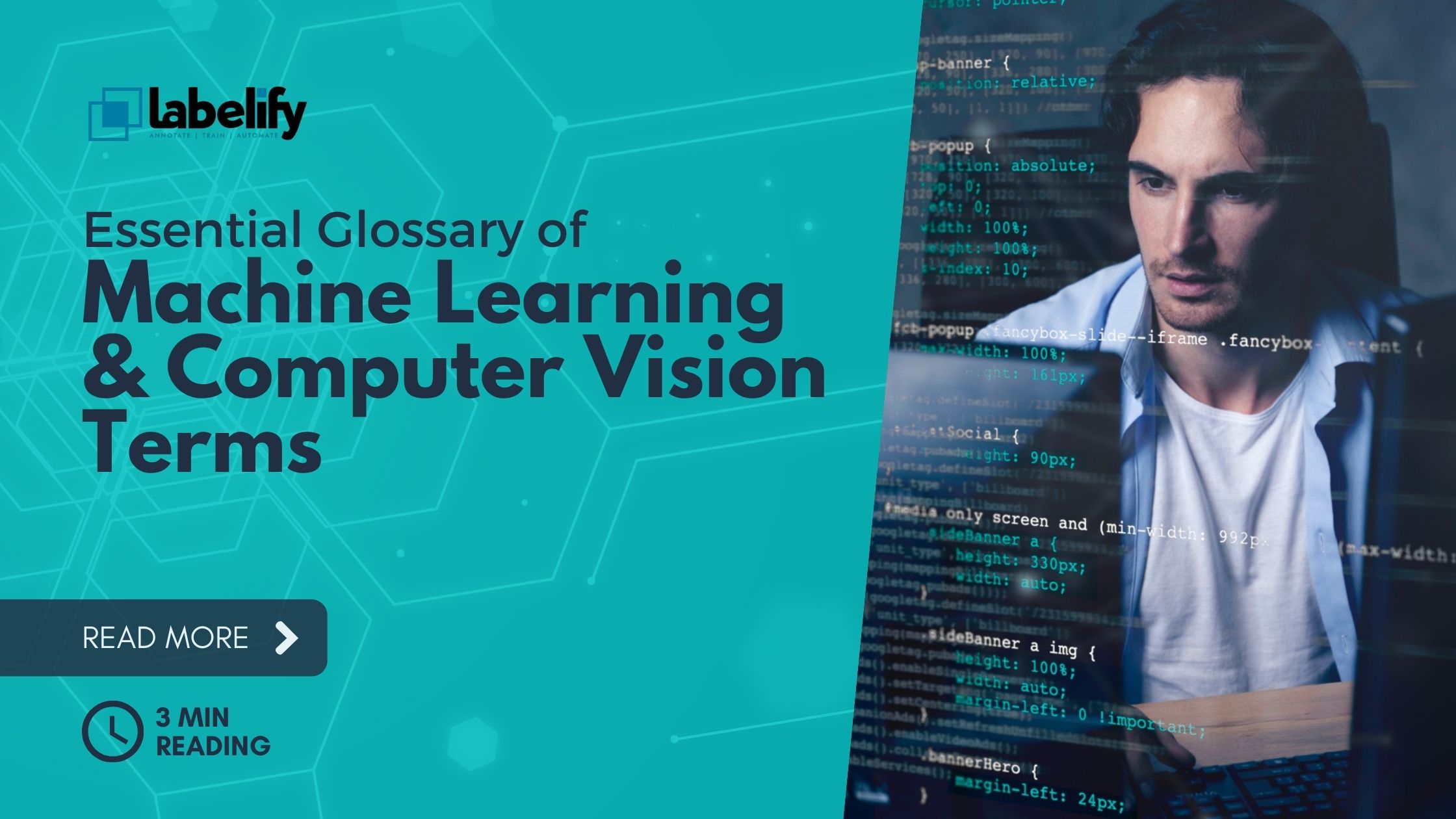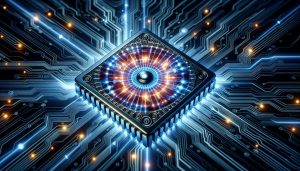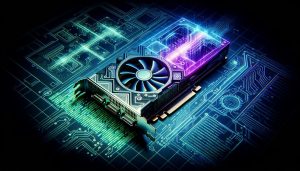Welcome to our article on machine learning and computer vision terms! Whether you're a beginner or an expert, understanding these concepts is crucial for unlocking the potential of these cutting-edge technologies.
We'll delve into the basics of machine learning, explore key algorithms, and dive into computer vision terminology.
From deep learning to image classification, we'll cover it all.
By the end, you'll be equipped with the knowledge to navigate these fields and liberate your potential.
Let's get started!
Key Takeaways
- Machine learning is a field of artificial intelligence that uses statistical analysis to find patterns in data and improve understanding of the data in the future.
- There are different types of machine learning algorithms, including supervised learning, unsupervised learning, reinforcement learning, and active learning.
- Computer vision is a subfield of machine learning that focuses on tasks like image classification, object detection, and segmentation.
- Evaluation and challenges in machine learning and computer vision include issues like bias, noise, overfitting, and underfitting.
Basic Machine Learning Terms
In this section, we'll explore five fundamental machine learning terms that are essential to understanding the field.
- Machine learning is the process of analyzing data and identifying patterns to improve future understanding. Training data is crucial for model development and consists of labeled examples used to teach the machine. Batches are sets of training examples used in one iteration of model training. Accuracy is the measure of how well the machine learning model predicts outcomes.
- Artificial intelligence (AI) is the foundation of machine learning, enabling machines to perform tasks that require human intelligence.
- Machine learning applications in healthcare have the potential to revolutionize patient care and improve outcomes. However, ethical considerations in machine learning algorithms must be carefully addressed to ensure fairness, transparency, and accountability.
Terminology of Machine Learning Algorithms
Let's dive into the terminology of machine learning algorithms. In this section, we will explore two important concepts: active learning applications and reinforcement learning algorithms.
Active learning is an interactive training algorithm that actively queries the information source to label fresh data points. It allows the model to improve its performance by actively selecting the most informative samples for training. This is particularly useful when labeled data is scarce or expensive to acquire.
On the other hand, reinforcement learning algorithms learn through trial and error, continuously mining feedback and led by the action-reward principle. They aim to maximize a reward signal by taking actions in an environment. This approach is often used in tasks such as game playing and robotics.
Now, let's take a closer look at these concepts in the following table:
| Term | Definition |
|---|---|
| Active learning | Interactive training algorithm that queries the information source to label fresh data points |
| Reinforcement learning | Algorithm that learns through trial and error, continuously mining feedback and led by the action-reward principle |
Understanding the terminology of machine learning algorithms is crucial for grasping the concepts behind these powerful techniques. By exploring the applications of active learning and the principles of reinforcement learning, we can unlock new possibilities in the field of artificial intelligence.
Computer Vision Key Terms
Moving from the terminology of machine learning algorithms, we'll now delve into the key terms of computer vision.
In the realm of computer vision, image recognition techniques play a crucial role in identifying and categorizing objects within images.
Feature extraction in computer vision is another important concept, which involves extracting meaningful information or features from images to aid in understanding and analysis.
These techniques enable computers to interpret and understand visual data, allowing for applications such as facial recognition, object detection, and image segmentation.
Deep Learning and Artificial Neural Networks
Now, let's delve into the realm of deep learning and artificial neural networks, which are integral to the field of computer vision. Here are some key aspects to consider:
- Applications of deep learning in computer vision:
- Image classification: Deep learning algorithms can accurately categorize images into various classes, enabling tasks like object recognition and scene understanding.
- Object detection: Deep learning models can identify and locate objects within an image, allowing for applications like autonomous driving and surveillance systems.
- Semantic segmentation: Deep learning techniques can assign labels to individual pixels, enabling precise understanding of image content and enabling applications like medical image analysis.
- Image generation: Deep learning models can generate realistic images, resulting in advancements such as deepfake technology.
- Advancements in artificial neural networks for image recognition:
- Convolutional neural networks (CNNs): These specialized neural networks excel in processing visual data, allowing for accurate image analysis and feature extraction.
- Transfer learning: By leveraging pre-trained CNN models, researchers can achieve impressive results with limited labeled data, reducing the need for large-scale annotations.
- Generative adversarial networks (GANs): GANs have revolutionized image synthesis, enabling the generation of high-quality, realistic images that are difficult to distinguish from real ones.
- Attention mechanisms: These mechanisms enable neural networks to focus on important image regions, improving accuracy and efficiency in tasks like image captioning and object detection.
The advancements in deep learning and artificial neural networks have propelled computer vision to new heights, empowering machines to perceive and understand visual information like never before. With continued research and innovation, the future holds endless possibilities for the intersection of deep learning and computer vision.
Computer Vision Tasks
Continuing from the previous subtopic, we'll now explore various computer vision tasks.
In the field of computer vision, image recognition is a fundamental task that involves identifying and categorizing objects within an image. This enables machines to understand and interpret visual information like humans do.
Object tracking is another important task in computer vision, which focuses on locating and following specific objects as they move within a video or a sequence of images. This has significant applications in surveillance, autonomous vehicles, and augmented reality.
Evaluation of Machine Learning and Computer Vision
To assess the effectiveness of machine learning and computer vision algorithms, we need to employ evaluation techniques that measure their performance and identify potential challenges. In the field of machine learning and computer vision, there are specific evaluation metrics and strategies that help us gauge the capabilities of these algorithms.
Here are four key aspects to consider when evaluating machine learning and computer vision:
- Evaluation Metrics: Precision, recall, and F1 score are commonly used metrics to measure the performance of machine learning models. Precision measures how well the model classifies positive instances correctly, while recall measures how well it retrieves all positive instances. The F1 score provides a balance between precision and recall, giving a comprehensive evaluation of the model's effectiveness.
- Handling Bias: Bias can occur in both the training set and the machine learning model itself, leading to distorted outcomes. It's crucial to identify and address bias to ensure fair and unbiased results.
- Handling Noise: Noise refers to interference in the dataset, such as mislabeled data or missing feature values. Dealing with noise requires careful preprocessing and cleaning of the data to ensure accurate results.
- Overfitting and Underfitting: Overfitting occurs when a model performs well on the training data but fails to generalize to new, unseen data. Underfitting, on the other hand, happens when the model is too simple to capture the underlying patterns in the data. Balancing between these two extremes is essential for optimal performance.
Challenges in Machine Learning and Computer Vision
We encountered several challenges while working with machine learning and computer vision algorithms. One of the key challenges we faced was addressing bias in machine learning and computer vision.
Bias can occur in the training set or the ML model itself, leading to distorted outcomes that favor or discriminate against certain ideas or groups. To overcome this challenge, we focused on enhancing the accuracy of our machine learning and computer vision models.
This involved careful selection and preprocessing of training data, as well as implementing techniques such as data augmentation and regularization to improve generalization.
Additionally, we explored methods for interpretability and transparency in our models to ensure fairness and mitigate potential biases.
Overfitting and Underfitting
When it comes to machine learning and computer vision, one important concept to understand is the relationship between overfitting and underfitting. Here's what you need to know:
- The impact of overfitting and underfitting on model performance:
- Overfitting occurs when a model is too complex and starts memorizing the training data instead of learning the underlying patterns. This leads to poor performance on new, unseen data.
- Underfitting, on the other hand, happens when a model is too simple and fails to capture the complexities of the data, resulting in low accuracy.
- Techniques to prevent overfitting and underfitting in machine learning models:
- Regularization techniques like L1 and L2 regularization can help prevent overfitting by adding a penalty term to the loss function.
- Cross-validation can also be used to assess model performance and prevent overfitting.
- To combat underfitting, increasing model complexity, collecting more data, or using more advanced algorithms can be effective.
Understanding the impact of overfitting and underfitting and implementing appropriate techniques can significantly improve the performance of machine learning models.
Frequently Asked Questions
What Are Some Common Techniques Used in Active Learning?
Some common techniques used in active learning include uncertainty sampling, query strategy, and model-driven sampling. These techniques aim to improve label efficiency by selecting the most informative data points for labeling.
Active learning involves human involvement in the loop, where the model actively seeks feedback from the human expert to guide the learning process.
Can You Explain the Difference Between Semantic Segmentation and Instance Segmentation?
Semantic segmentation and instance segmentation are two distinct computer vision tasks.
Semantic segmentation involves classifying and labeling each pixel in an image based on predefined categories, allowing for a detailed understanding of the image's content.
On the other hand, instance segmentation aims to identify and delineate individual objects within an image, providing separate masks for each object.
Both tasks can be impacted by biases and noise in machine learning models, which can lead to inaccurate or unfair results.
How Do Convolutional Neural Networks Extract Features From Images?
Convolutional neural networks (CNNs) extract features from images by using pooling layers and receptive fields.
Pooling layers reduce the spatial dimensions of the input, allowing the network to focus on the most important features.
Receptive fields determine the size of the area that each neuron in the network sees.
What Is the Difference Between Precision and Recall in Machine Learning Evaluation?
Precision and recall are two important metrics in machine learning evaluation.
Precision measures how well a model classifies positive instances correctly, while recall measures how well a model retrieves all positive instances.
Precision focuses on the accuracy of positive predictions, while recall focuses on the completeness of positive predictions.
It's important to note that precision and recall have their limitations, and finding the right balance between the two is crucial for a successful machine learning model.
How Can Bias and Noise Impact the Performance of a Machine Learning Model?
Bias and noise can significantly impact the performance of a machine learning model. Bias, a systematic error, can favor certain ideas and distort algorithm outcomes. Noise, interference in datasets, can lead to mislabeled data or missing feature values.
To mitigate these issues, data preprocessing plays a crucial role. It involves cleaning and transforming data to reduce bias and remove noise.
Additionally, regularization techniques can help reduce bias and noise by adding constraints to the model, preventing overfitting and improving generalization.
Conclusion
In conclusion, understanding the essential terms and concepts in machine learning and computer vision is crucial for anyone interested in these cutting-edge technologies.
From the basics of artificial intelligence to the building blocks of machine learning algorithms, and from deep learning to computer vision tasks, this knowledge empowers individuals to explore and contribute to these exciting fields.
As we continue to advance in technology, grasping these concepts will be key to unlocking the potential of intelligent machines and revolutionizing various industries.




